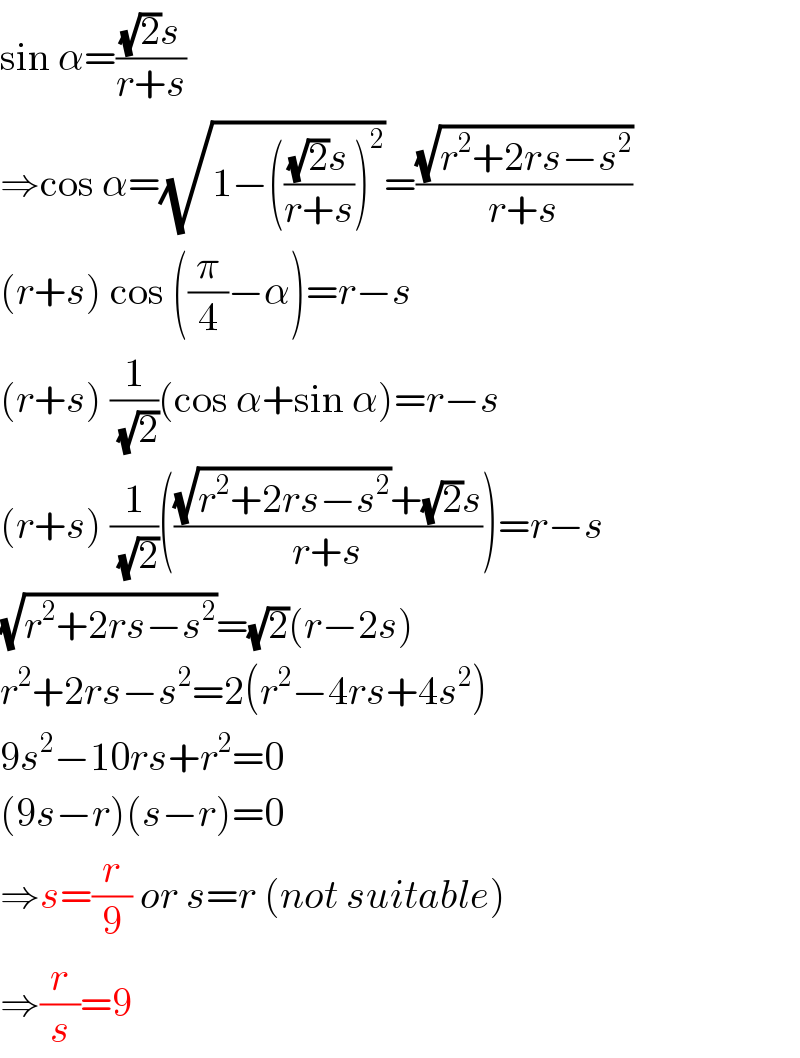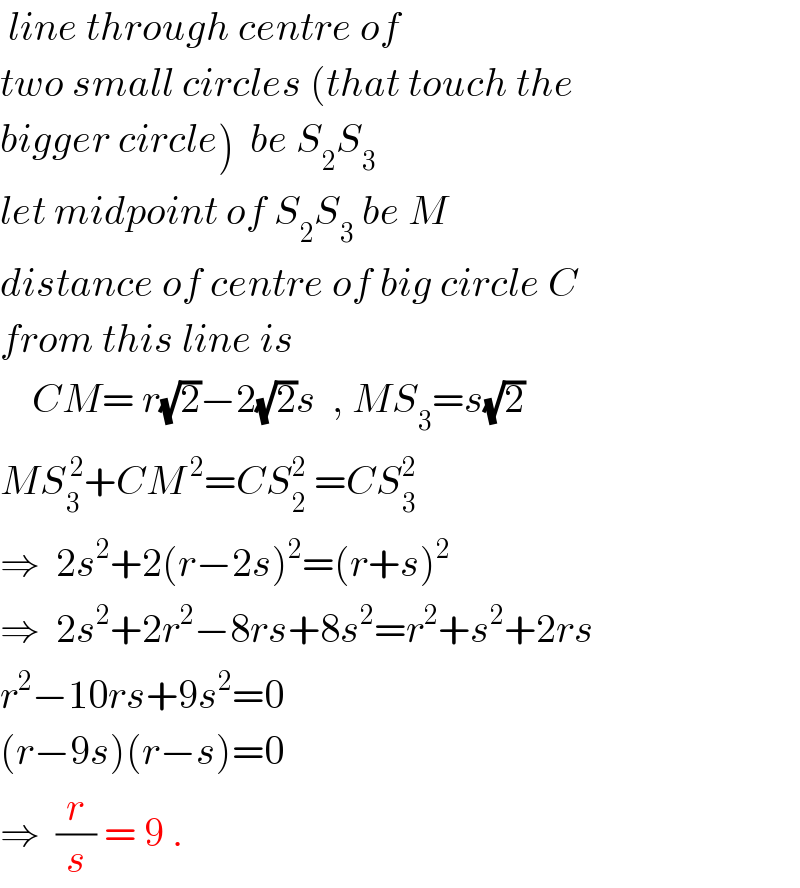
Question and Answers Forum
Question Number 28516 by beh.i83417@gmail.com last updated on 26/Jan/18

Commented by beh.i83417@gmail.com last updated on 26/Jan/18

Answered by mrW2 last updated on 26/Jan/18

Commented by mrW2 last updated on 26/Jan/18

Answered by ajfour last updated on 26/Jan/18

